Jack Kelly - The Edge of Anarchy: The Railroad Barons, the Gilded Age, and the Greatest Labor Uprising in America
Here you can read online Jack Kelly - The Edge of Anarchy: The Railroad Barons, the Gilded Age, and the Greatest Labor Uprising in America full text of the book (entire story) in english for free. Download pdf and epub, get meaning, cover and reviews about this ebook. year: 2019, publisher: St. Martin’s Press, genre: History. Description of the work, (preface) as well as reviews are available. Best literature library LitArk.com created for fans of good reading and offers a wide selection of genres:
Romance novel
Science fiction
Adventure
Detective
Science
History
Home and family
Prose
Art
Politics
Computer
Non-fiction
Religion
Business
Children
Humor
Choose a favorite category and find really read worthwhile books. Enjoy immersion in the world of imagination, feel the emotions of the characters or learn something new for yourself, make an fascinating discovery.

- Book:The Edge of Anarchy: The Railroad Barons, the Gilded Age, and the Greatest Labor Uprising in America
- Author:
- Publisher:St. Martin’s Press
- Genre:
- Year:2019
- Rating:4 / 5
- Favourites:Add to favourites
- Your mark:
The Edge of Anarchy: The Railroad Barons, the Gilded Age, and the Greatest Labor Uprising in America: summary, description and annotation
We offer to read an annotation, description, summary or preface (depends on what the author of the book "The Edge of Anarchy: The Railroad Barons, the Gilded Age, and the Greatest Labor Uprising in America" wrote himself). If you haven't found the necessary information about the book — write in the comments, we will try to find it.
During the summer of 1894, the stubborn and irascible Pullman became a central player in what the New York Times called the greatest battle between labor and capital [ever] inaugurated in the United States. Jack Kelly tells the fascinating tale of that terrible struggle. The Wall Street Journal
Pay attention, becauseThe Edge of Anarchynot only captures the flickering Kinetoscopic spirit of one of the great Labor-Capital showdowns in American history, it helps focus todays great debates over the power of economic concentration and the rights and futures of American workers.Brian Alexander, author ofGlass House
In gripping detail,The Edge of Anarchyreminds us of what a pivotal figure Eugene V. Debs was in the history of American labor... a tale of courage and the steadfast pursuit of principles at great personal risk. Tom Clavin,New York Timesbestselling author ofDodge City
The dramatic story of the explosive 1894 clash of industry, labor, and government that shook the nation and marked a turning point for America.
The Edge of Anarchyby Jack Kelly offers a vivid account of the greatest uprising of working people in American history. At the pinnacle of the Gilded Age, a boycott of Pullman sleeping cars by hundreds of thousands of railroad employees brought commerce to a standstill across much of the country. Famine threatened, riots broke out along the rail lines. Soon the U.S. Army was on the march and gunfire rang from the streets of major cities.
This epochal tale offers fascinating portraits of two iconic characters of the age. George Pullman, who amassed a fortune by making train travel a pleasure, thought the model town that he built for his workers would erase urban squalor. Eugene Debs, founder of the nations first industrial union, was determined to wrench power away from the reigning plutocrats. The clash between the two mens conflicting ideals pushed the country to what the U.S. Attorney General called the ragged edge of anarchy.
Many of the themes ofThe Edge of Anarchycould be taken from todays headlinesupheaval in Americas industrial heartland, wage stagnation, breakneck technological change, and festering conflict over race, immigration, and inequality. With the country now in a New Gilded Age, this look back at the violent conflict of an earlier era offers illuminating perspectives along with a breathtaking story of a nation on the edge.
Jack Kelly: author's other books
Who wrote The Edge of Anarchy: The Railroad Barons, the Gilded Age, and the Greatest Labor Uprising in America? Find out the surname, the name of the author of the book and a list of all author's works by series.

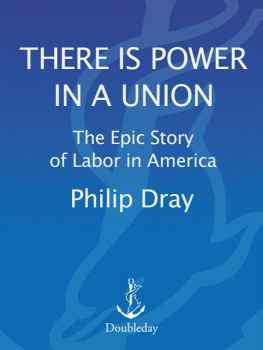
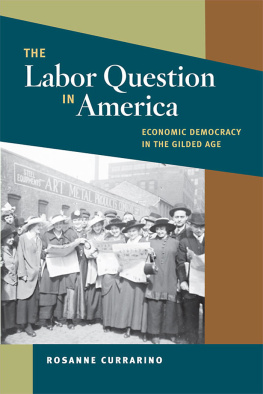

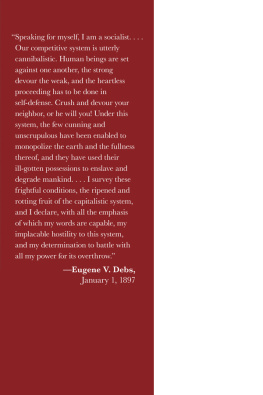
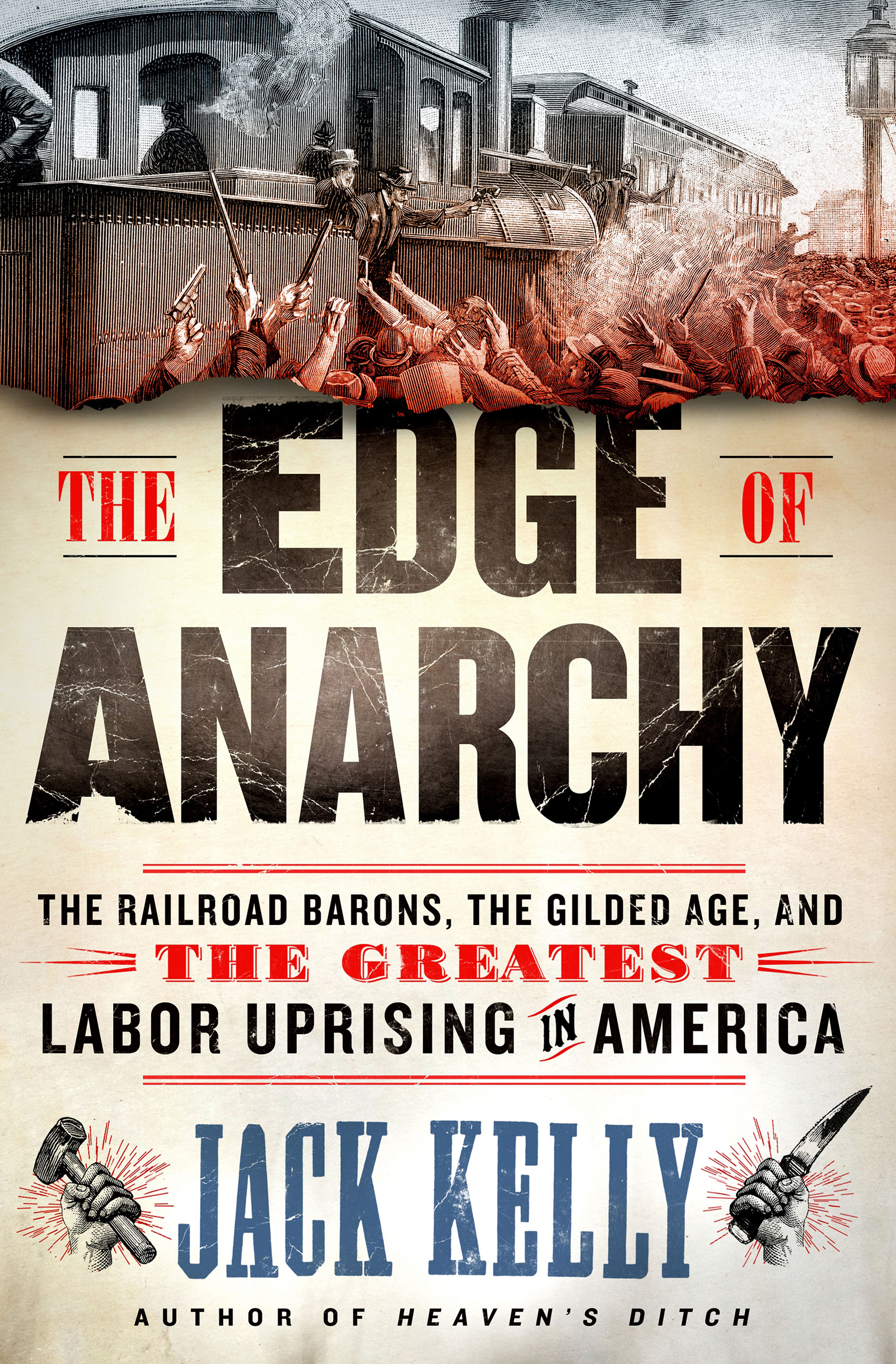


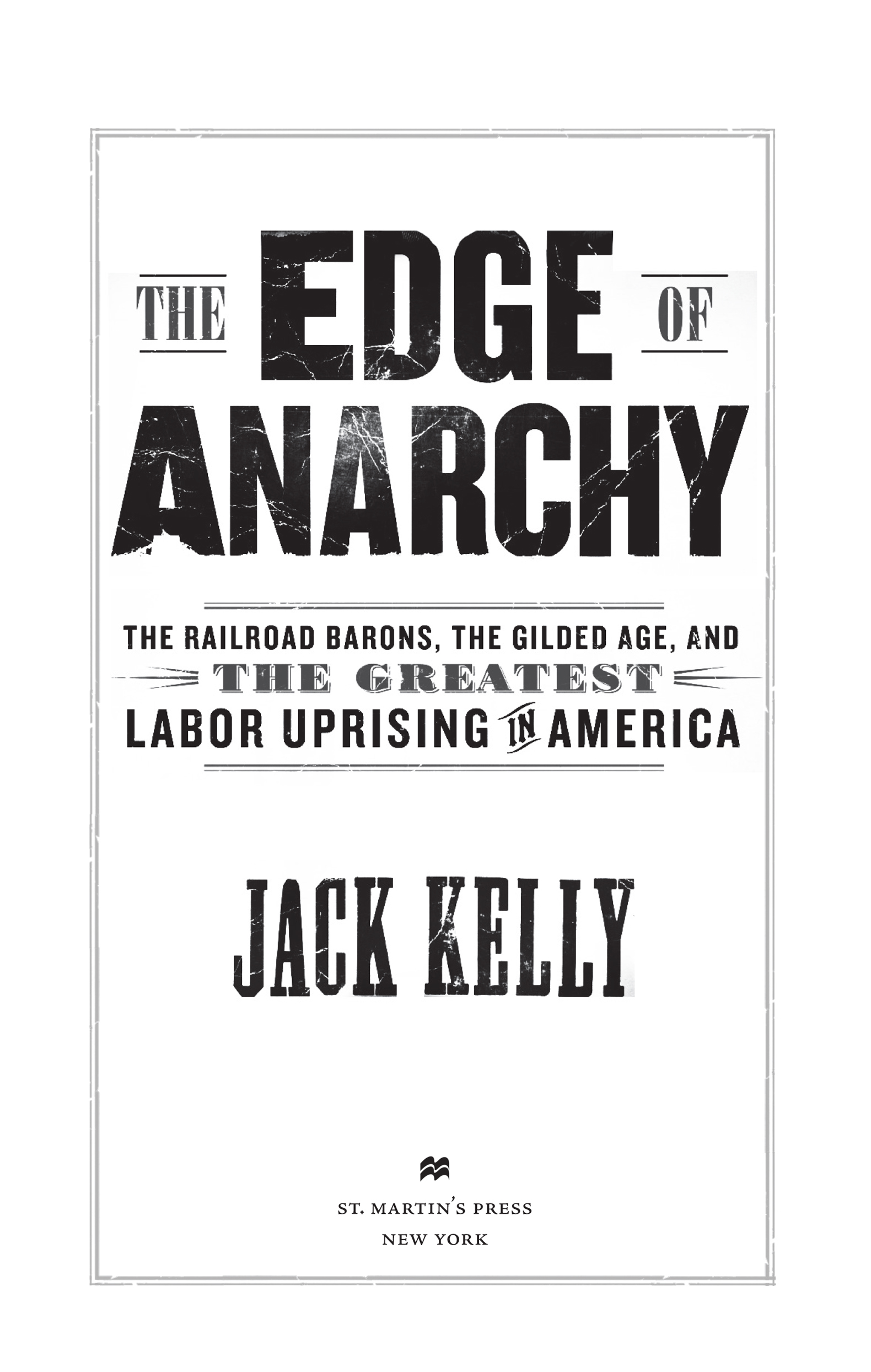
.jpg)
.jpg)
